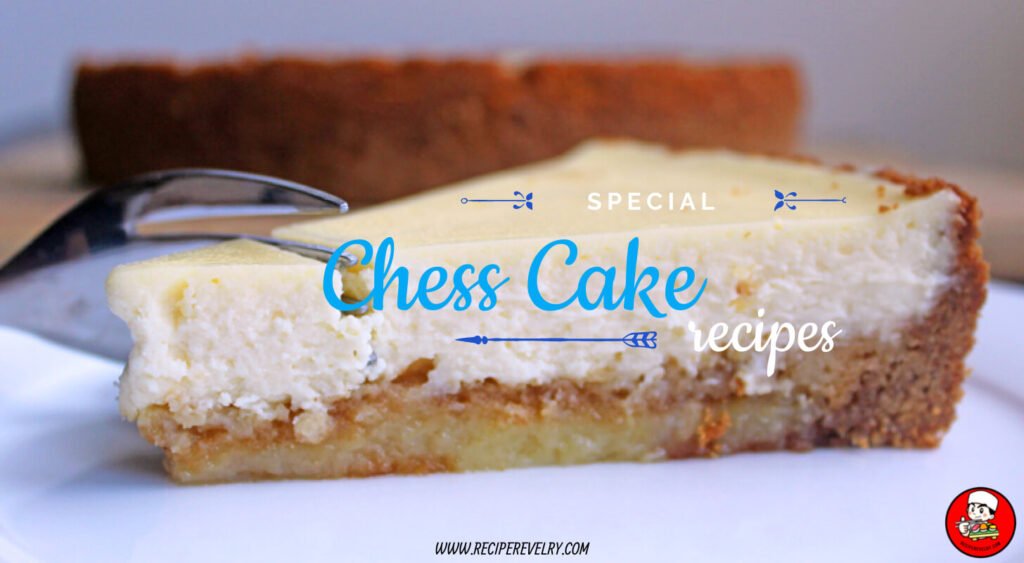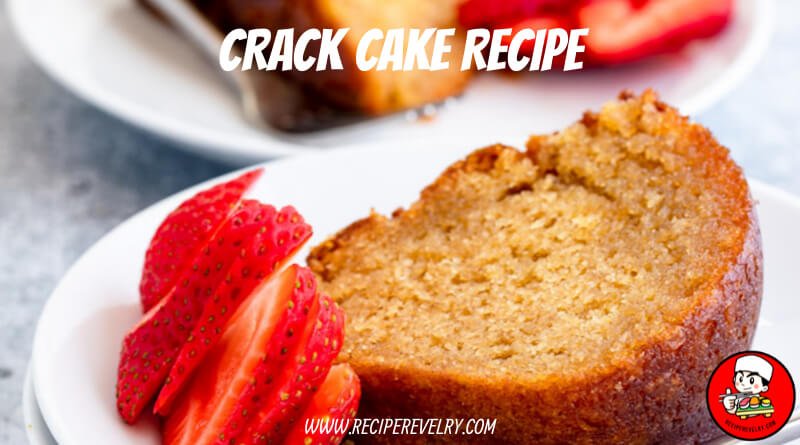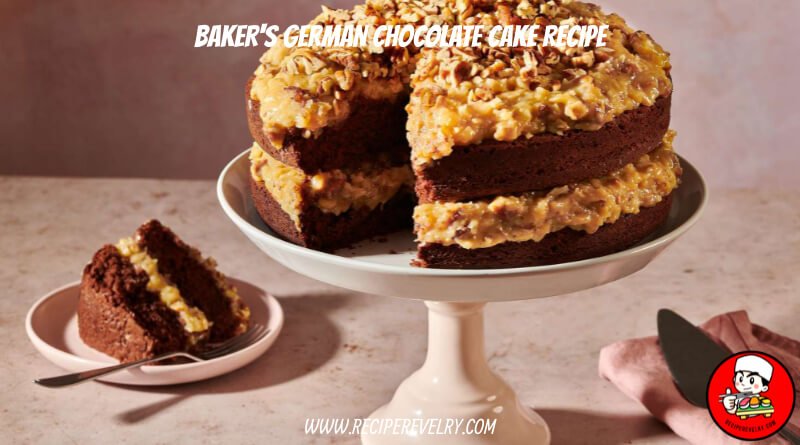There’s something magical about baking a Chess Cake Recipe for the first time. Inspired by the classic Southern treat, this dessert combines a buttery crust and a creamy filling that melts in your mouth. I remember the rich aroma filling my kitchen as the cake baked perfectly. The recipe was surprisingly simple, and what was the result? Divine! Whether hosting a gathering or indulging solo, this easy homemade cake is a guaranteed crowd-pleaser. Pro tip: Add a dusting of powdered sugar for that perfect finishing touch. Trust me, your taste buds will thank you!

Ingredients Needed for Chess Cake
Having the right ingredients is essential if you want to make a delicious and easy chess cake. Let’s break it down into the crust and filling ingredients. Don’t worry; I suggest substitutions for different preferences or dietary needs.
Crust Ingredients
The crust is the foundation of the chess cake. It’s buttery and flaky and holds the creamy filling perfectly. Here’s what you’ll need:
- Butter (1/2 cup, unsalted): Use softened butter for easy mixing. If you prefer, salted butter works, too; reduce the added salt.
- All-purpose flour (1 1/2 cups): This gives the crust its structure. Swap it with almond flour or a gluten-free baking blend if you’re gluten-free.
- Sugar (1/4 cup): Adds sweetness to the crust. Brown sugar can be used for a deeper flavor.
Filling Ingredients
The filling is what makes chess cake so rich and creamy. It’s the star of the recipe, so make sure you have these ingredients:
- Cream cheese (8 oz): This is the key to the creamy texture. If you prefer a lighter version, you can use low-fat cream cheese.
- Granulated sugar (1 1/2 cups): Sweetens the filling. Powdered sugar works in a pinch but may alter the texture slightly.
- Eggs (2 large): Eggs bind the filling together and help it set as it bakes. Use room-temperature eggs for smooth blending.
- Vanilla extract (1 teaspoon): Adds a warm, sweet flavor to the filling. For a twist, experiment with almond or lemon extract.
Substitutes for Common Ingredients
You don’t have to skip this recipe if you’re out of an ingredient or have dietary restrictions. Here are a few easy swaps:
- Butter: Replace it with coconut oil for a dairy-free option.
- Sugar: Opt for honey or maple syrup if you prefer natural sweeteners.
- Eggs: Use a flaxseed meal (1 tablespoon mixed with three tablespoons of water per egg) as a vegan substitute.
Tools and Equipment You’ll Need for Chess Cake
The right tools and equipment make baking a chess cake easier and more enjoyable. These items ensure smooth preparation and help you achieve the perfect texture. Let’s go over what you’ll need.
Essential Tools
Mixing Bowls: You’ll need at least two mixing bowls. One for preparing the crust and the other for mixing the filling. Use medium to large bowls to give yourself enough space to mix without spilling. Stainless steel or glass bowls work best because they are sturdy and easy to clean.
Stand Mixer or Hand Mixer: A stand mixer is a lifesaver when blending ingredients smoothly, especially for the filling. If you don’t have one, a hand mixer works just as well. It helps you achieve the creamy texture needed for the chess cake filling. Make sure the beaters are clean and dry before starting.
Measuring Cups and Spoons: Accurate measurements are key to a successful chess cake. Use a set of measuring cups for dry ingredients and a separate one for liquids. Measuring spoons are also necessary for smaller amounts like vanilla extract or salt.
Baking Dish: A 9×13-inch baking dish is the standard size for chess cake. Glass or ceramic dishes are ideal as they distribute heat evenly, ensuring the crust bakes appropriately. Grease the dish lightly with butter or non-stick spray to prevent sticking.
Optional Tools
Food Processor: A food processor is perfect for making the crust if you want to save time. It quickly mixes the butter, flour, and sugar, resulting in a consistent texture. This is especially useful if you’re in a rush or prefer minimal effort.
Rubber Spatula: A rubber spatula is great for scraping down the sides of the mixing bowl and ensuring no batter goes to waste. It’s also helpful in spreading the filling evenly over the crust.
Rolling Pin: Although not essential, a rolling pin can help press the crust evenly into the baking dish. You can also flatten the dough if you make a thicker base.
Cooling Rack: A cooling rack allows the cake to cool evenly after baking. This prevents the bottom from becoming soggy and helps the filling appropriately set.
Parchment Paper: Lining your baking dish with parchment paper makes cleanup easier. It also ensures the crust doesn’t stick, mainly if you use less butter or an alternative crust.
Step-by-Step Instructions for Making Chess Cake
Making a chess cake is simple if you follow the steps closely. I’ll walk you through the process, from preparing the crust to baking the delicious cake. Let’s get started!
Step 1: Prepare the Crust
Start by gathering all the crust ingredients: butter, flour, and sugar. First, combine the butter (softened), flour, and sugar in a medium mixing bowl. Use a pastry cutter or your hands to mix the butter into the flour and sugar until the mixture resembles coarse crumbs. You can use a food processor if you want a quicker way to do this. Just pulse the ingredients until they combine.
Next, press the dough evenly into the bottom of your greased 9×13-inch baking dish. Be sure to spread it out to cover the entire base of the dish. You want a smooth and even layer. Once you’ve done that, bake the crust in a preheated oven at 350°F for 10–12 minutes or until it’s lightly golden. This step ensures the crust is crisp and ready to hold the creamy filling. After baking, set it aside to cool while you prepare the filling.
Step 2: Make the Filling
While the crust cools, it’s time to make the creamy filling. In a large mixing bowl, beat the cream cheese until it’s soft and smooth. You can use a hand mixer or a stand mixer for this step. Add the sugar and beat the mixture until it’s creamy and there are no lumps.
Once the sugar is fully incorporated, add the eggs one at a time. Make sure each egg is thoroughly mixed in before adding the next one. After the eggs, pour in the vanilla extract. Beat everything together until the filling is smooth and fluffy. If you want to add any extra flavor, like lemon zest or almond extract, this is the time to do it.
You can move to the next step once your filling is smooth and creamy.
Step 3: Combine and Bake
Now that the crust and filling are prepared, it’s time to put them together. Pour the creamy filling evenly over the cooled crust. A spatula spreads the filling to cover the entire crust in a smooth layer. Be careful not to disturb the crust while spreading the filling.
Place the dish back in the oven and bake at 350°F for 35–40 minutes. You’ll know the cake is made when the filling is set, and a toothpick inserted into the center comes out clean or with just a few moist crumbs. Be careful not to overbake it, as this can make the filling too firm.
Once baked, allow the chess cake to cool at room temperature for about 30 minutes, then refrigerate it for at least 2 hours to let the flavors set.
Read Also: Twinkie Cake Recipe
Tips for Perfect Chess Cake
Making a perfect chess cake is easy if you remember a few tips. Some common mistakes can happen during baking, but you can avoid them with a bit of care. These tips will help ensure that your chess cake always comes out perfectly.
Avoid Overbaking or Underbaking
One of the most common mistakes when making a chess cake is overbaking or underbaking the filling. Overbaking can make the filling too firm while underbaking leaves it too runny. To avoid this, watch the cake closely during the final baking stage.
Testing Doneness with a Toothpick
The best way to test if the chess cake is done is to use a toothpick. After 35 minutes, gently insert a toothpick into the center of the cake. The cake is made if it comes out clean or with just a few moist crumbs. If it has wet batter, continue baking for 3–5 more minutes and check again.
The Jiggle Test
Another way to check doneness is by slightly jiggling the baking dish. When the cake is done, the filling should be set but still slightly jiggly in the center. If the center moves like liquid, it needs more time to bake. This method helps you avoid underbaking while ensuring a creamy texture.
Watch the Crust
Sometimes, the crust can brown too much if baked for too long. If you notice the crust is becoming too dark before the filling is fully set, cover the edges of the crust with aluminum foil and continue baking. This helps protect the crust while the filling finishes cooking.
Cool Completely Before Serving
After baking, let the chess cake cool completely at room temperature before refrigerating it. This will allow the filling to be set correctly. Don’t skip the chilling step! It helps the cake firm up and makes slicing easier.
Read Also: Crack Cake Recipe
Variations and Creative Twists
If you want to add a personal touch to your chess cake, there are many ways to get creative. If you wish to enhance the flavor or change the texture, these variations will make your chess cake even more delicious. Let’s explore a few ideas for customizing the recipe.
Adding Lemon Zest or Cocoa Powder to the Filling
For a fresh twist, try adding lemon zest to the filling. This will give your cake a bright, citrusy flavor that pairs well with the creamy filling. Add one tablespoon of lemon zest to the mixture when you combine the sugar, cream cheese, eggs, and vanilla. If you prefer a chocolatey taste, cocoa powder is another excellent option. Add 2–3 tablespoons of unsweetened cocoa powder to the filling for a rich, chocolatey version of the chess cake. Make sure to mix it well to avoid clumps.
Using a Graham Cracker Crust Instead of a Traditional One
If you do not like the regular butter-flour crust, try using a graham cracker crust for a crunchy, sweet base. To make this, crush graham crackers and combine them with melted butter and sugar. Press the mixture into the bottom of the baking dish as you would with the traditional crust. A graham cracker crust will add a nice texture and a slightly different flavor to the cake. This variation is perfect for anyone who loves the classic taste of graham crackers.
Including Toppings Like Whipped Cream, Fresh Berries, or Powdered Sugar
Once your chess cake has cooled and set, the fun doesn’t stop! Add some delicious toppings to enhance the flavor and presentation. Whipped cream is a classic choice that pairs perfectly with the creamy filling. You can spread it on the cake or serve it on the side.
Add fresh berries like strawberries, raspberries, or blueberries on top for a fresh, fruity twist. They taste great and add a pop of color to your cake. If you want a light, sweet finish, powdered sugar can be sifted over the top of the cake right before serving. This adds a delicate sweetness and makes the cake look beautiful.
Other Ideas for Customization
You can also experiment with adding a layer of fruit preserves or caramel sauce over the filling for an extra layer of flavor. For those who like nuts, crushed pecans or walnuts sprinkled on top can add crunch and texture.
These variations allow you to make the chess cake uniquely your own. Don’t be afraid to get creative with different flavors and textures to suit your taste!
How to Store and Serve Chess Cake
Once you’ve made your chess cake, it’s essential to store it properly to keep it fresh and delicious. Whether saving leftovers or planning to serve them later, these tips will help you store and enjoy your cake at its best.
Storing Leftovers in the Fridge or Freezer
After you’ve baked and cooled your chess cake, place any leftovers in an airtight container. If you plan to eat it within a few days, storing it in the fridge is your best option. When kept properly chilled, it will stay fresh for about 4-5 days. Ensure the container is sealed tightly so the cake doesn’t absorb any odors from other foods in the fridge.
If you have more chess cake than you can eat in a few days, store it in the freezer for more extended storage. To freeze the cake, wrap it tightly in plastic wrap or aluminum foil and place it in a freezer-safe container. It can stay frozen for up to 3 months. Thaw it in the fridge overnight when you’re ready to enjoy it again. Freezing can slightly change the texture, but it will still taste delicious!
Serving the Cake Chilled or at Room Temperature
Chess cake is best served either chilled or at room temperature. Many people prefer it chilled, as it allows the flavors to meld and the filling to set nicely. After you’ve taken it out of the fridge, let it sit for about 10-15 minutes at room temperature before serving. This will soften the cake a little, making it even more enjoyable.
If you prefer it at room temperature, let the cake sit on the counter for 30-60 minutes before serving. This will increase the flavors and give it a slightly softer texture. Both methods are great, so it’s really up to you!
Pairing with Coffee or Tea for an Indulgent Treat
To elevate your chess cake experience, pair it with a hot beverage like coffee or tea. The rich, creamy texture of the cake beautifully complements the warmth of coffee or tea. To balance the sweetness of the cake, you can choose a smooth black coffee or a lightly flavored one, such as a vanilla latte or mocha. If you prefer tea, a gentle green tea or chamomile can be a soothing choice that won’t overpower the flavors of the cake.
Pairing your chess cake with a hot drink creates a lovely, indulgent treat perfect for any occasion. This combination will impress, whether it’s an afternoon snack or a special dessert.
FAQ
What is chess cake?
Chess cake is a buttery crust topped with a creamy filling made of cream cheese, eggs, and sugar.
Can I use a gluten-free crust for chess cake?
You can substitute gluten-free flour or a gluten-free graham cracker crust.
How long should I bake chess cake?
Bake your chess cake at 350°F for 35–40 minutes, or until the filling is set and slightly jiggles in the center.
Can I freeze chess cake?
Chess cake can be frozen for up to 3 months; wrap it tightly and store it in an airtight container.
Should chess cake be served chilled or at room temperature?
Chess cake can be served chilled or at room temperature, depending on your preference.
Conclusion
Chess cake is a simple yet indulgent dessert with a buttery crust and creamy filling, perfect for customization with flavors like lemon zest or cocoa powder. You can create a delightful treat by following straightforward steps for preparation and baking, along with valuable tips for testing doneness and serving. Variations like adding graham cracker crust or fruit toppings further enhance the cake’s appeal. With proper storage in the fridge or freezer, chess cake remains fresh for days, making it a versatile dessert ideal for pairing with coffee or tea for a genuinely satisfying indulgence.


